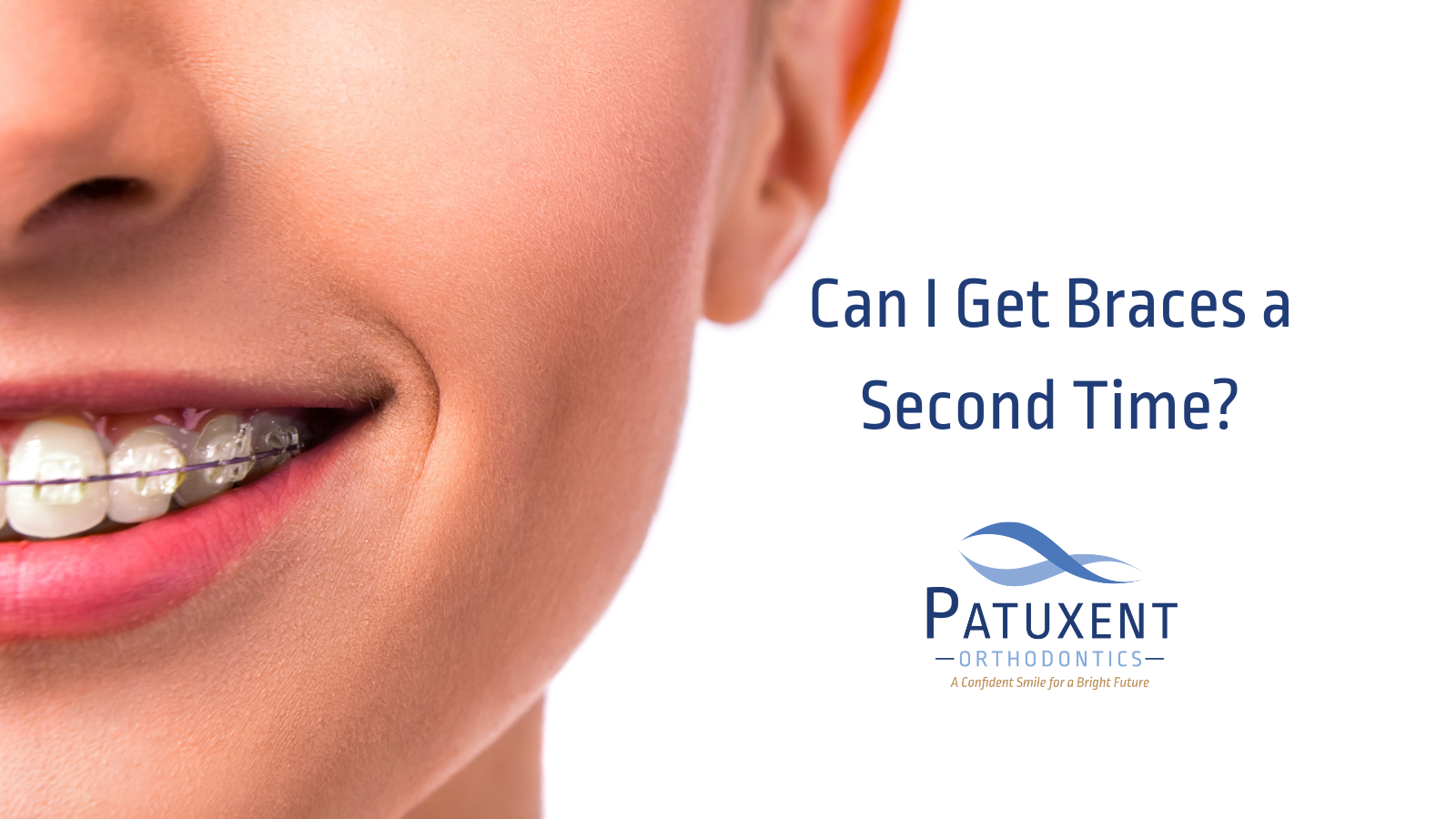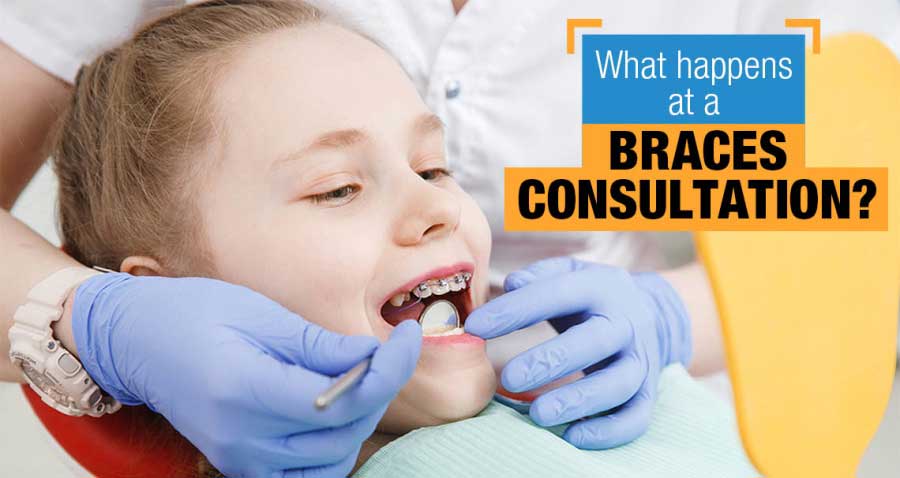Comprehensive Overview to Orthodontics Procedures for Remedying Oral Imbalances
In the realm of orthodontics, the journey to attaining a flawlessly lined up smile involves a myriad of procedures customized to fix oral imbalances. From conventional dental braces to invisible aligners and even medical options, the field of orthodontics provides an array of services to attend to differing levels of dental irregularities. Recognizing the intricacies of each procedure, including their systems, advantages, and potential drawbacks, is critical in making informed decisions regarding one's orthodontic therapy. As we browse through the extensive guide to orthodontic procedures for remedying oral imbalances, the intricate details of each method will unravel, clarifying the path toward a harmonious and practical dental positioning.
Orthodontic Procedures Summary

Regular changes and tracking are essential components of orthodontic therapy to guarantee progression is on track and to make any type of essential alterations along the way. By going through orthodontic procedures, people can not only achieve a straighter smile however also enhance their overall oral wellness and feature.
Traditional Braces: Just How They Function
When considering orthodontic therapies for dental imbalances, typical braces stand out as a time-tested technique for correcting teeth placing. Conventional dental braces consist of braces, wires, and bands that function together to use continuous stress on the teeth, gradually relocating them into the wanted positioning.
As stress is used to the teeth through the braces, the bone bordering the teeth is reshaped to sustain the brand-new tooth positions. Patients will need routine changes at the orthodontist's workplace to ensure the braces continue to apply the appropriate pressure for efficient teeth motion.
Unseen Aligners: Benefits And Drawbacks
These clear, tailor-made trays are practically invisible when worn, making them an enticing alternative for people looking for a much more visually pleasing orthodontic therapy. People can get rid of the aligners before eating or cleaning their teeth, reducing the risk of food obtaining stuck in the device and simplifying the cleaning process.

Surgical Orthodontic Options
Surgical treatments in orthodontics existing viable options for dealing with complicated oral imbalances that might not be properly resolved through conventional orthodontic treatments. While undetectable aligners and typical dental braces can deal with many orthodontic issues, certain cases require surgical treatment to achieve optimal results. Surgical orthodontic options are usually advised for extreme malocclusions, substantial jaw disparities, and instances where the underlying bone framework requires modification to achieve appropriate positioning.
One usual medical orthodontic procedure is orthognathic surgical treatment, which includes repositioning the jaws to fix practical issues such as difficulty speaking or eating. This surgical procedure is usually executed in partnership with an orthodontist that assists align the teeth prior to and after the treatment. Surgical orthodontics may additionally entail procedures to expose influenced teeth, get rid his comment is here of excess gum tissue, or improve the jawbone to produce a much more harmonious facial account.
Prior to taking into consideration medical orthodontic options, patients undertake a detailed assessment to identify the necessity and potential advantages of such interventions. cumming invisalign. While surgical procedure may seem difficult, it can substantially improve both the feature and appearances of the smile in situations where conventional orthodontic therapies fail
Retainers and Post-Treatment Care

Post-treatment treatment involves complying with the orthodontist's guidelines vigilantly. This might consist of proper oral health techniques, attending follow-up visits, and putting on the retainers as prescribed. cosmetic dental crowns Failure to follow post-treatment treatment guidelines can result in relapse, where the teeth slowly return in the direction of their original positions. Constant retainer wear, excellent dental hygiene, and regular dental examinations are crucial for maintaining the results accomplished via orthodontic surgery and guaranteeing the long-lasting image source security of the dealt with dental alignment.
Conclusion
In conclusion, orthodontic treatments supply different alternatives for remedying dental misalignments. Surgical orthodontic options are readily available for much more severe misalignments. Overall, orthodontic procedures can efficiently enhance oral wellness and visual appearance.
As we navigate via the comprehensive overview to orthodontic procedures for dealing with dental imbalances, the elaborate details of each technique will unfold, losing light on the path towards a functional and harmonious oral alignment. - cumming orthodontist
One of the most common orthodontic treatments is the usage of braces, which are composed of metal braces and cords that apply gentle stress to gradually move teeth right into the desired setting.When taking into consideration orthodontic treatments for dental imbalances, typical braces stand out as a tried and true approach for correcting teeth positioning. Furthermore, unseen aligners may not be appropriate for complicated orthodontic concerns that require more considerable teeth motion, as they are typically suggested for moderate to modest instances. Retainers are custom-made orthodontic gadgets created to hold teeth in their dealt with positions after the completion of orthodontic treatment.